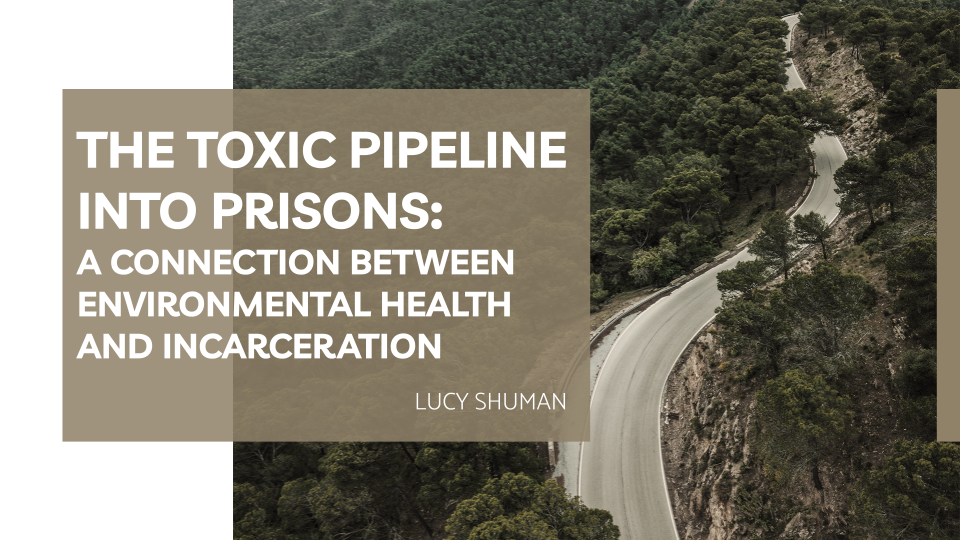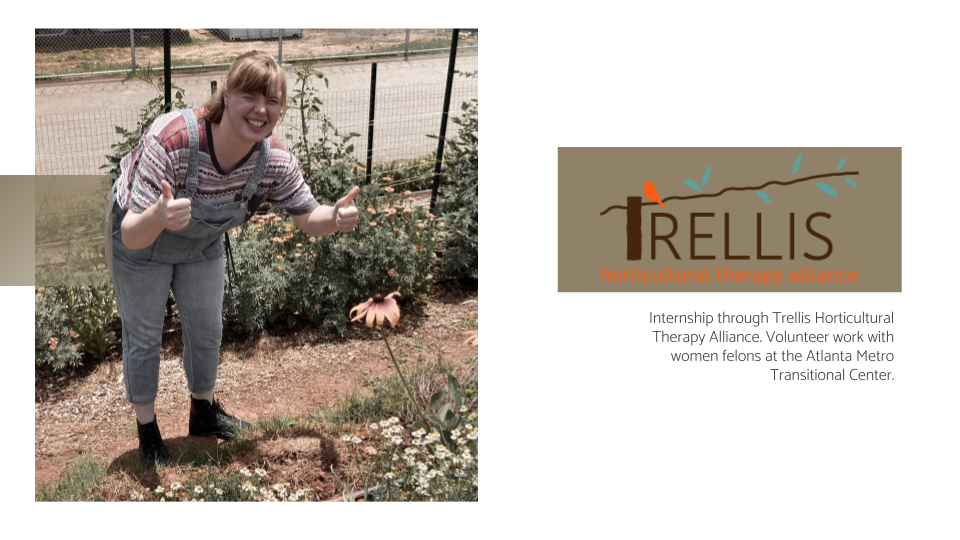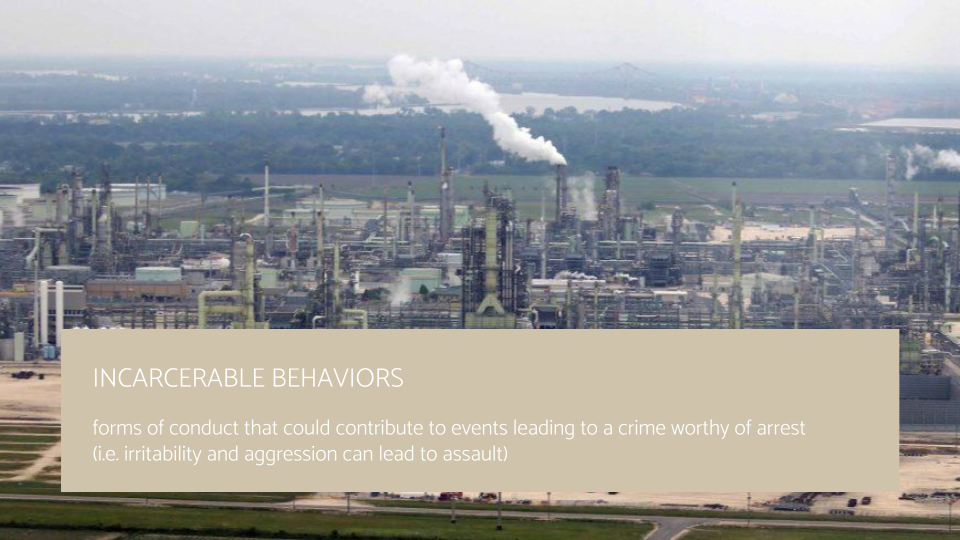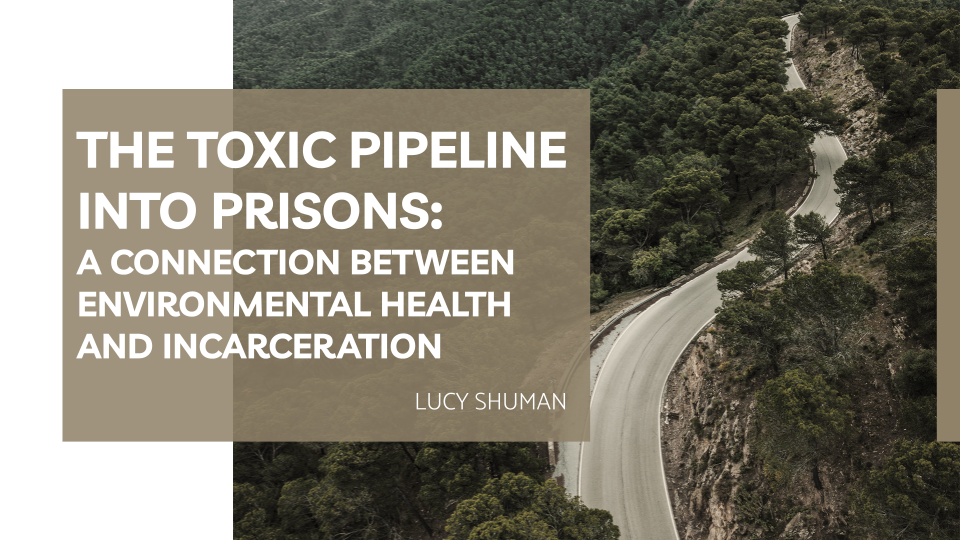The Toxic Pipeline into Prisons: A Connection Between Environmental Health and Incarceration
Lucy Shuman
Agnes Scott College ’22, shuman252@agnesscott.edu
Environmental Studies and Social Justice, Minor in French
Over five hundred eighty-nine federal and state prisons are located within five miles of a superfund cleanup site with one hundred thirty-four of those being located within one mile. Incarceration in the UnitedStates can lead to living in an area with high levels of environmental destruction and health risks, but I also believe that environmental degradation can lead to higher rates of incarceration. In my research I explore environmental toxicity effects in low-income communities as a form of pipeline into U.S. prisons. During the summer of 2021 I interned with Trellis Horticultural Therapy Alliance at their organic farm for incarcerated women felons in a transitional facility. I researched several different environmental toxins and their environmental health risks in order to find a correlation between specific agents and behavioral issues such as irritability and aggression. Then, I examined the specific toxins with their connecting environmental issues and found people suffering in locations throughout the United States from these forms of environmental deterioration. I conclude by comparing the incarceration rates of American cities and contributing higher incarceration rates to the environmental health issues in low-income areas and communities of color.





